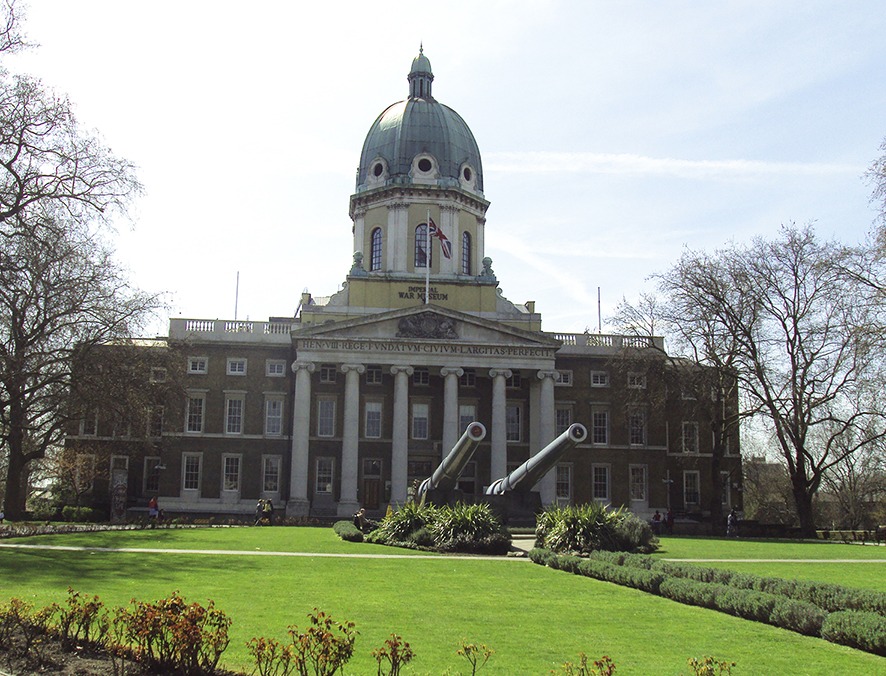As part of the major redevelopment of this iconic London museum to mark the centenary of the First World War, CAE was commissioned to provide access consultancy.
The consultation aimed to:
- Eliminate potential barriers to access where possible within the project scope.
- Learn from potential visitors how the project can be made more accessible and inclusive for them.
- Involve deaf and disabled people in the project development.
CAE’s approach
A dedicated Visitor Access Group for the museum was developed including people with a variety of access requirements and frequent museum visitors. A Visitor Access Group term of agreement was drafted and used as the basis of the relationship between the group members, CAE, the design team and the museum. This helped to manage expectations and produce a solid foundation for the work and relationships to develop. It encouraged an attitude of professional equality and recognition between all contributors.
We worked closely with the design team on their plans to ensure the museum met the access needs of the anticipated increase in visitors for when the museum reopens in July. We also organised the consultation concerning physical structure and layout of the refurbishments inside the museum, the external approaches and the new exhibition areas.
All elements were presented to the consultation group with tactile plans for the building layout used to assist blind and visually impaired people. Practical workshops helped work through the best access solutions so many more people will be able to experience the new exhibitions in 2014.

